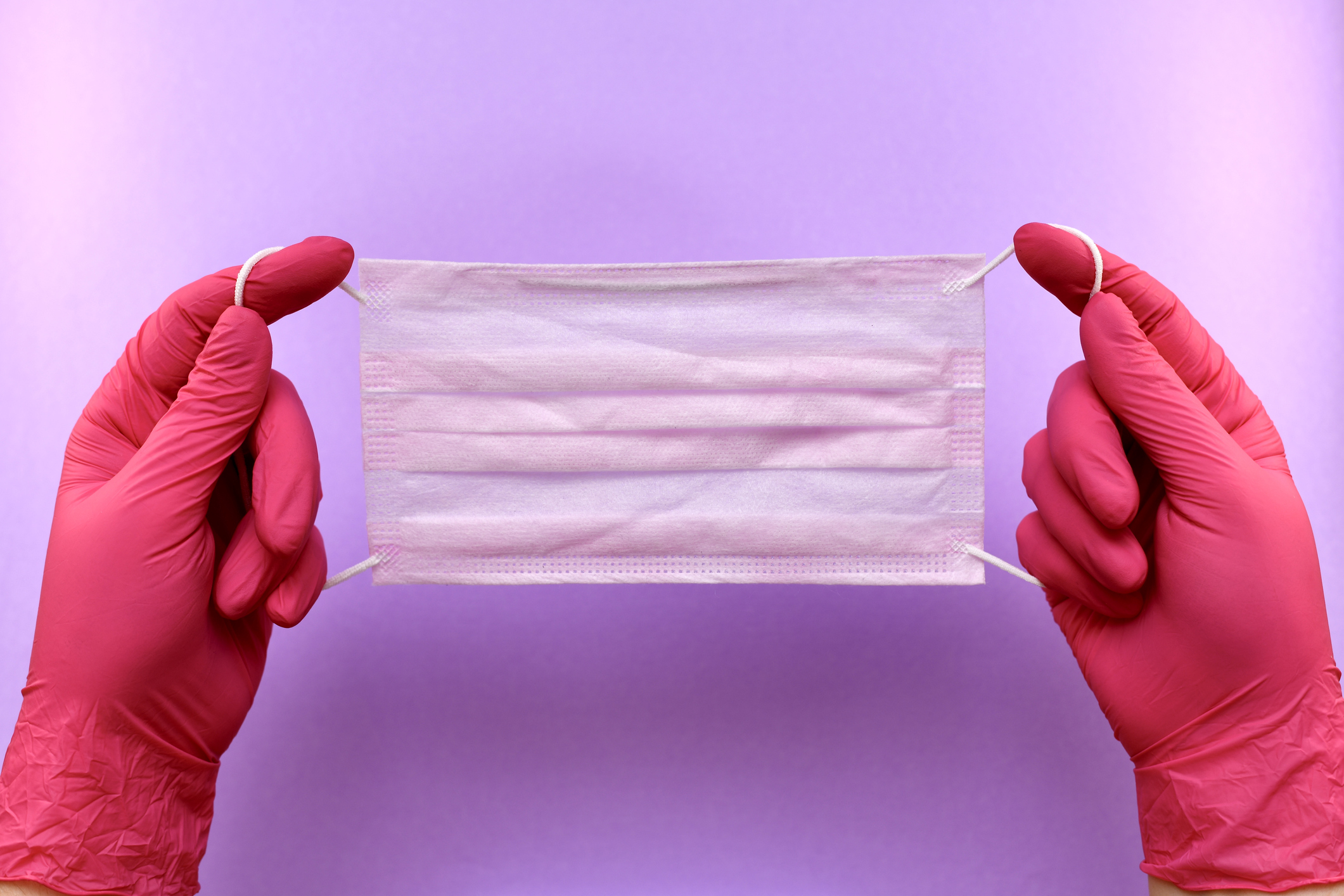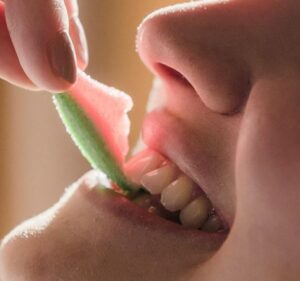
During the month of September we celebrate many special occasions such as the National Hispanic Heritage Month (Sept. 15 – Oct. 15), Suicide Prevention Week (Sept. 4-10) and International Chocolate Day (Sept 13). We also celebrate Dental Infection Control Awareness Month throughout September.
This year’s #DICAM22 theme is “Staying in the Know Together”. Therefore, I’m sharing the knowledge and opinions of Dr. Teresa J. Irizarry and Dr. Ana López Fuentes, members of a committee that oversees infection control protocol at the University of Puerto Rico Medical Science Campus’ dental clinic. I interviewed them because of their rigorous training and experience in Organization for Safety, Asepsis and Prevention, an association for oral health care professionals that focuses on dental infection prevention and patient and provider safety.
What are common infection control mistakes dentists and dental students make?
Dr. López: Wearing their protective personal equipment (PPE) incorrectly, forgetting to give the patients protective eyewear and walking with their disposable gowns from a contaminated to a non-contaminated area are some of the most common mistakes we see dental students and dentists make.
Dr. Irizarry: I have seen students forget to give protective glasses to their patients. While this is not specifically part of the student’s infection control protocol, it is part of the protocol in charge of patient protection. Secondly, many students forget the proper use of PPE, specifically the use of their gloves. Once you have your gloves on and are working on a patient, you are not supposed to touch other surfaces apart from the instruments used in the procedure and barrier-protected surfaces. However, many students forget this and touch and contaminate objects such as their face shield, glasses, coat, drawers, keyboard and computer mouse. This is one of the most common mistakes I see in the dental clinic and in private practices.
What would you like to add or change in the current infection protocol used at school?
Dr. López: I want to change the mindset for compliance in health and safety for all. It’s my dream to create and add an emergency preparedness course to the dental program. I want our students to take the vaccination modules and be prepared to vaccinate like the nursing and medical students. I wish to include emergency basics such as how to put a bone back in place, place a tourniquet, how to treat burns, dehydration, panic attack, asthma attack, and intoxication among others.
I want students to have the fundamental knowledge to know how to react in a medical emergency. This could be an opportunity to include interprofessional education and collaboration from different health professional students and staff such as nurses, EMTs, respiratory therapists, etc. Some of these modules already exist in the CDC, U.S. Department of Public Health, and other institutions. We should organize these modules and prepare practice and certification for dental students.
Every health professional, including oral health professionals, is an essential health practitioner. COVID-19 may not be the only pandemic nor Hurricane Maria the last natural catastrophe we may face. Every oral health professional can be a first-line-of-defense provider during these situations.
It’s also imperative we update and train in infection control annually. As we have all witnessed with COVID-19, infection control can change by the minute. We must talk about infection prevention rather than infection control. It is a matter of health and safety.
Dr. Irizarry: I’m not a fan of using overgloves [gloves worn over other gloves]. It gives the student a false sense of protection. It’s better to simply remove the gloves, clean your hands, get what you need and wear a new set of gloves. However, I do understand the school’s need to save on equipment. I also believe if students effectively organize the instruments they need for the procedure beforehand, it would decrease the need to put on and take off their gloves. Also, in the clinic we do not have individual X-ray machines for each dental chair. Instead, the same clinic’s X-ray machines are shared by all staff and students of the clinic. Therefore, we must all be more vigilant about following correct prevention and infection protocol when taking radiographs.
Dental students are taught to treat everyone as infectious. What are other rules regarding infectious control?
Dr. López: They should follow standard precautions when working at the clinic and after the patients leave, treating every patient and every dental instrument as potentially infectious. I always teach students that they must clean first before disinfecting or sterilizing. Everything that goes in the patient’s mouth must be either sterile or disposable.
Dr. Irizarry: Students should treat everyone the same and visualize how the correct use of infection control protects not only you and your patient but also your staff, friends and family. This would encourage everyone to take precautions and create efficient safety habits.
Stay tuned for part two of this topic next week!
~Ana P. López Santa, Puerto Rico ‘25


